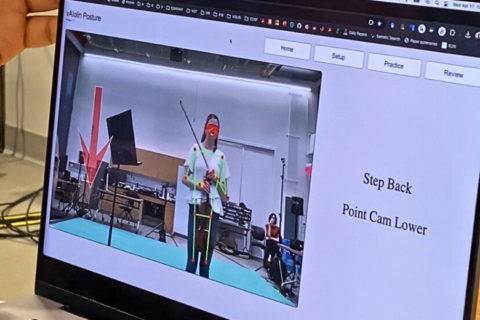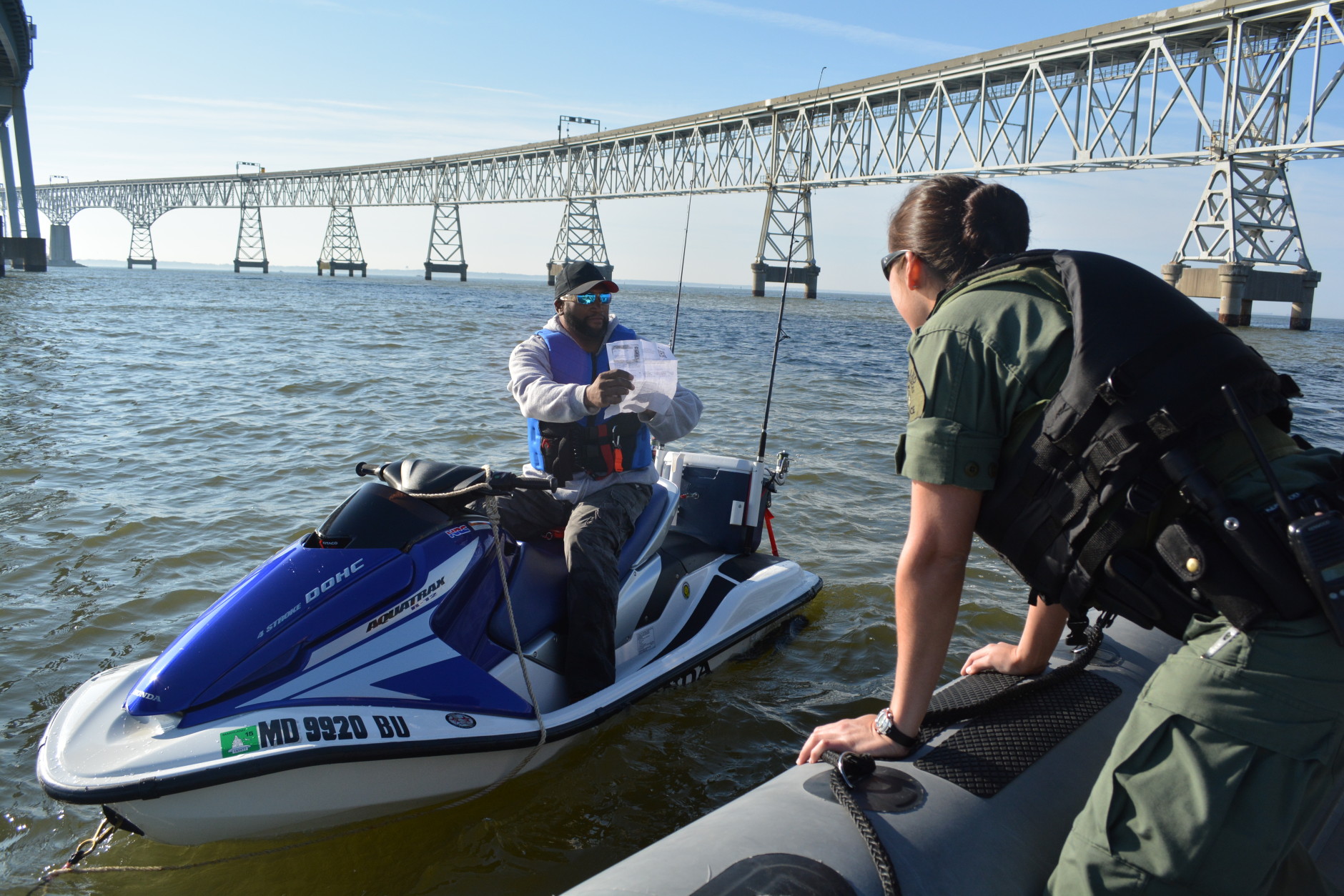
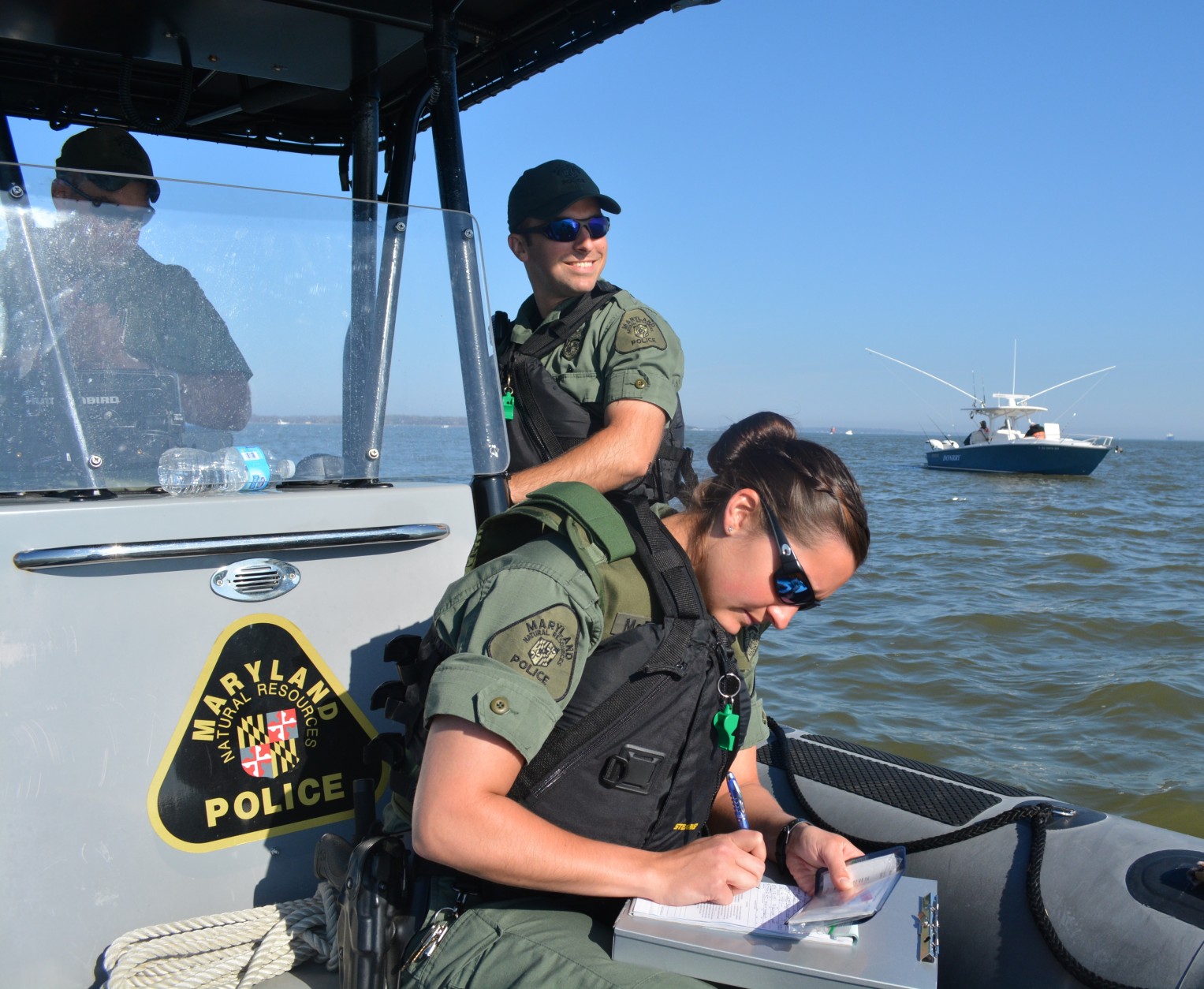
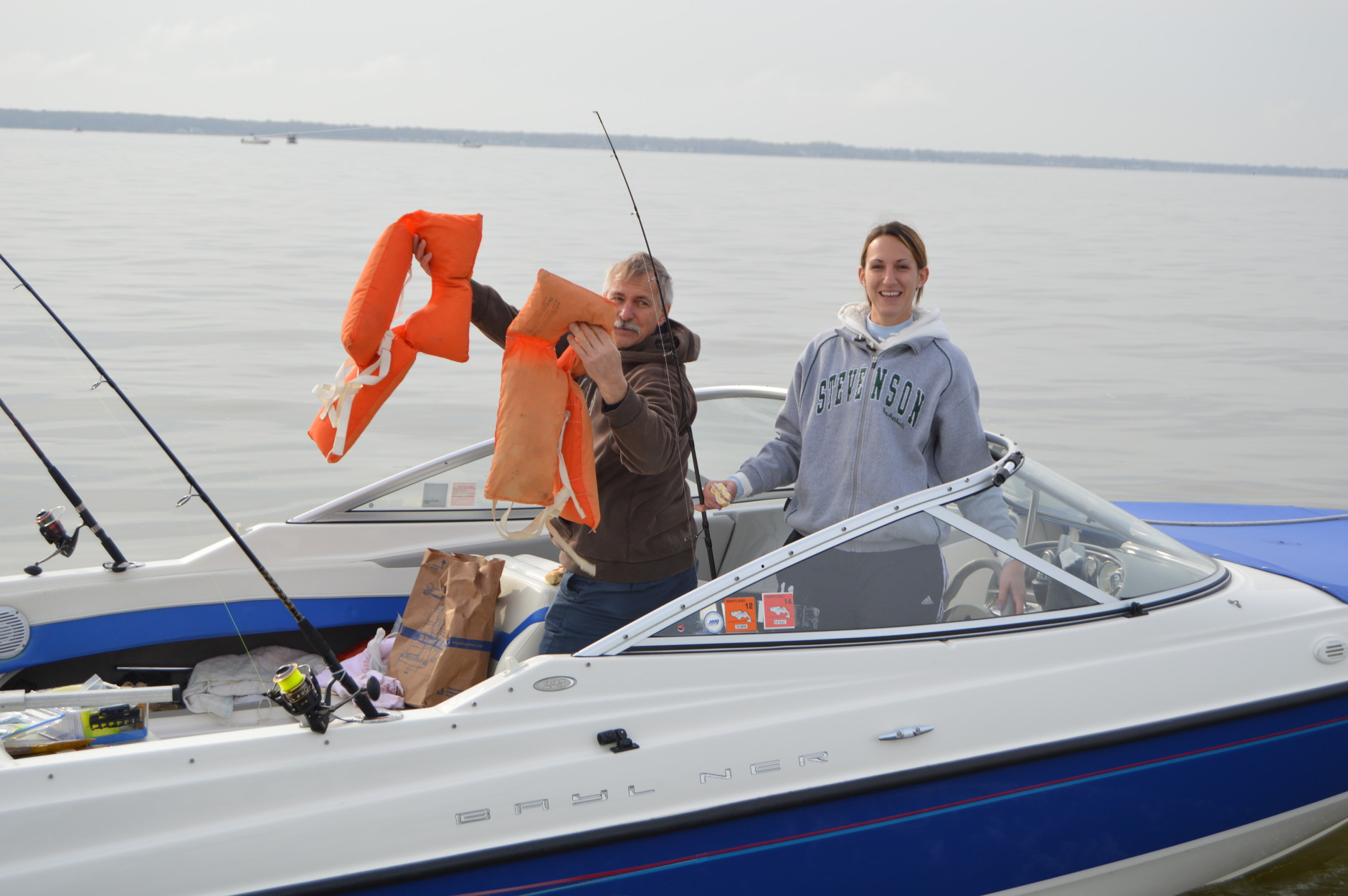
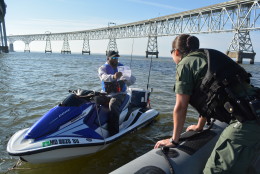
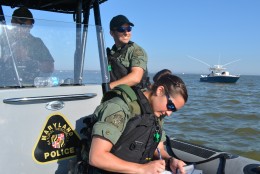
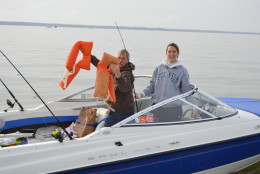
WASHINGTON — Maryland is pushing hard to make this boating season safer than last year, when 21 people were killed in boating incidents. Eighteen of those who died were not wearing life jackets.
“All kinds of folks were out there, and lot of them got into trouble,” said Candy Thomson, spokeswoman with the Maryland Natural Resources Police.
Maryland authorities counted 147 boating accidents in 2015, resulting in 21 deaths, 125 injuries, 25 lost vessels and about $1 million in damage.
Thomson said the Natural Resources Police will be all over the waters this year, conducting what she calls “saturation patrols.”
“You will look up and you will see a Natural Resources Police boat,” Thomson said. “You will see us at boating ramps. You will see us in schools. You will see us at civil associations. We mean business.”
The patrols will make sure every boat has the required safety equipment, which includes a life jacket for everyone on board, flares that aren’t expired, a fully-charged fire extinguisher and something to make a sound.
“A whistle, a horn, something to signal for help,” Thomson said.
Communication is another piece of the safety puzzle. Before any boat trip, Thomson said, make sure someone on shore knows where you’re going and when you’re expected to return.
And if you have a small vessel — like a canoe, skiff, kayak or paddleboard — put your name on it. That’s because officers assume someone’s in the water when they find a stray boat.
“By putting your name on your boat,” Thomson says, “we can figure out pretty quickly if someone’s in trouble, or if this is just a boat adrift.”



